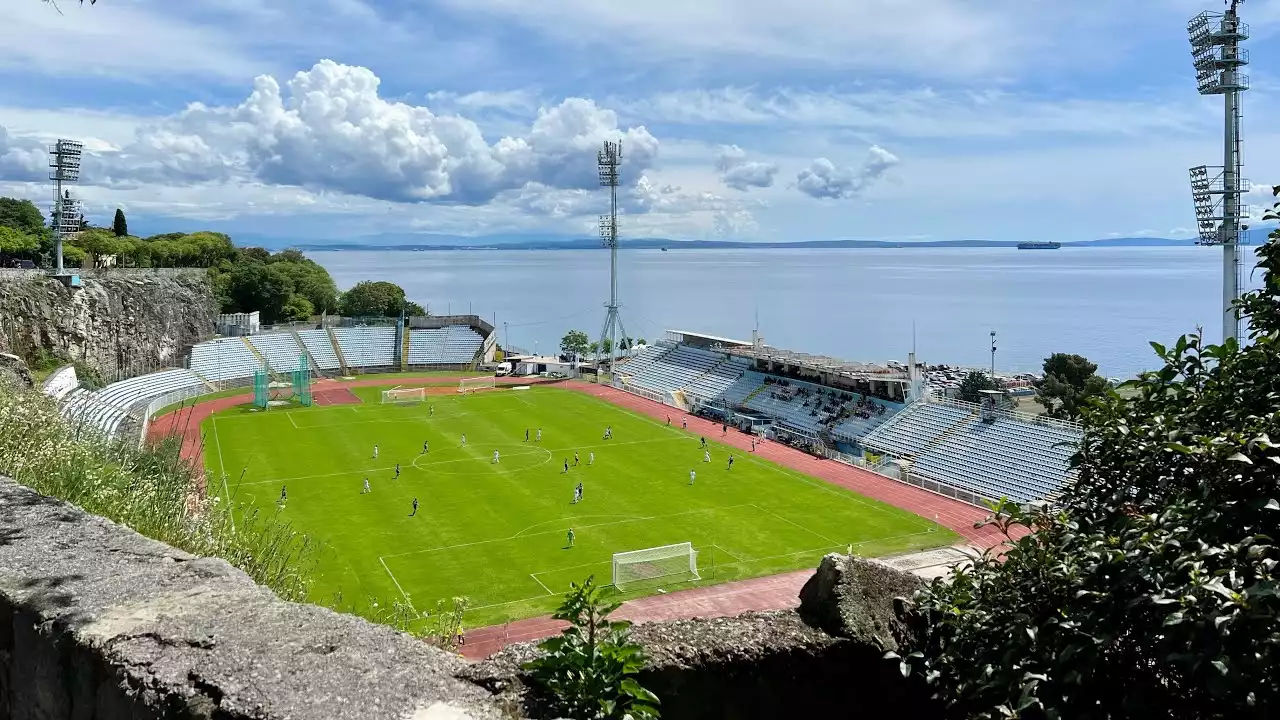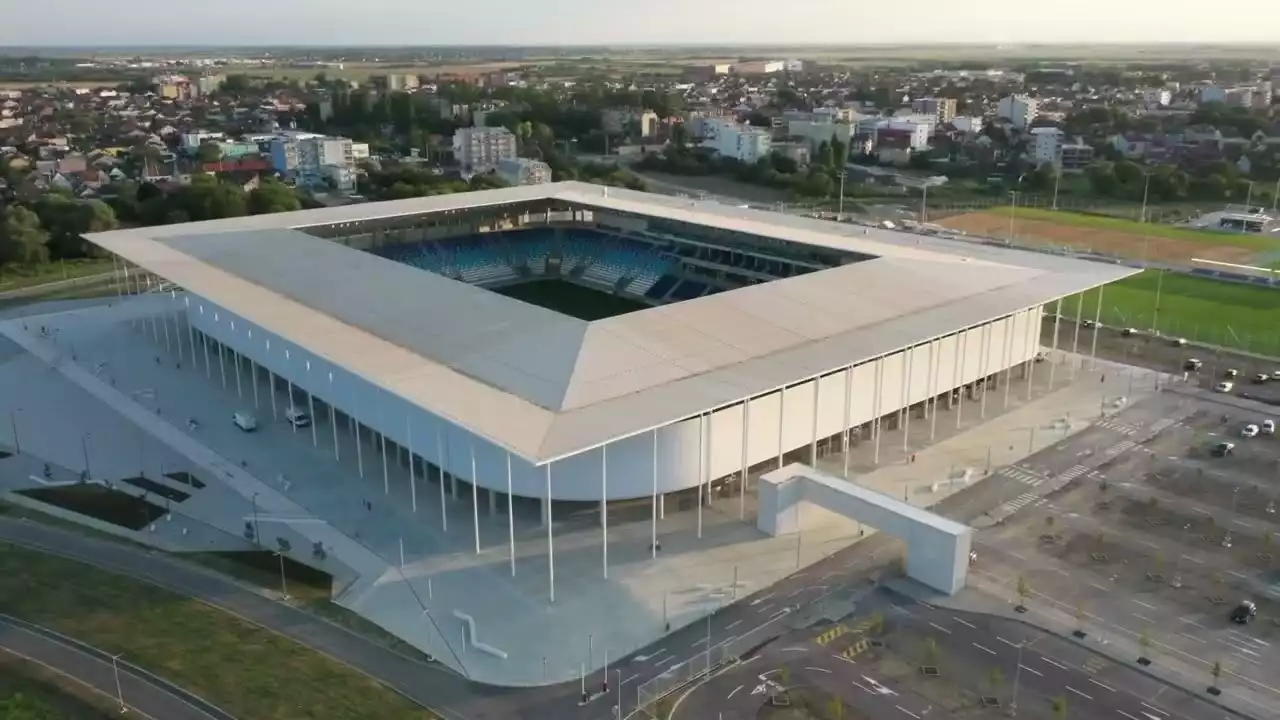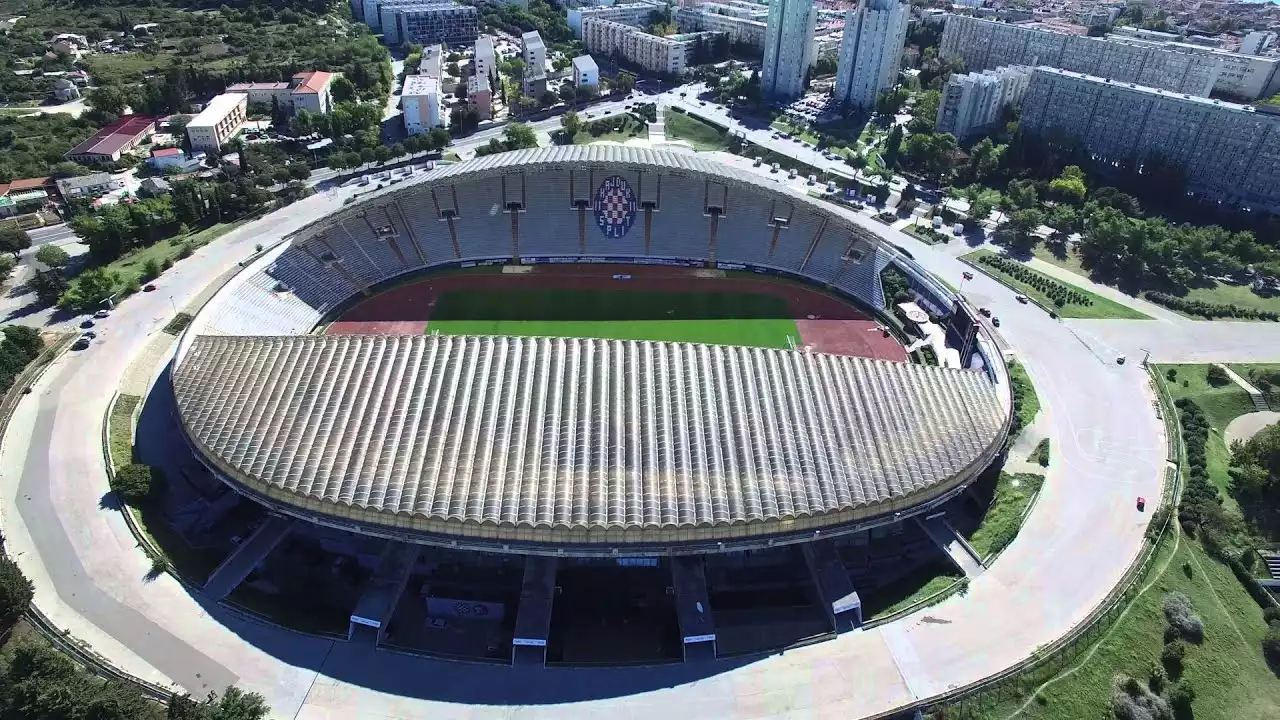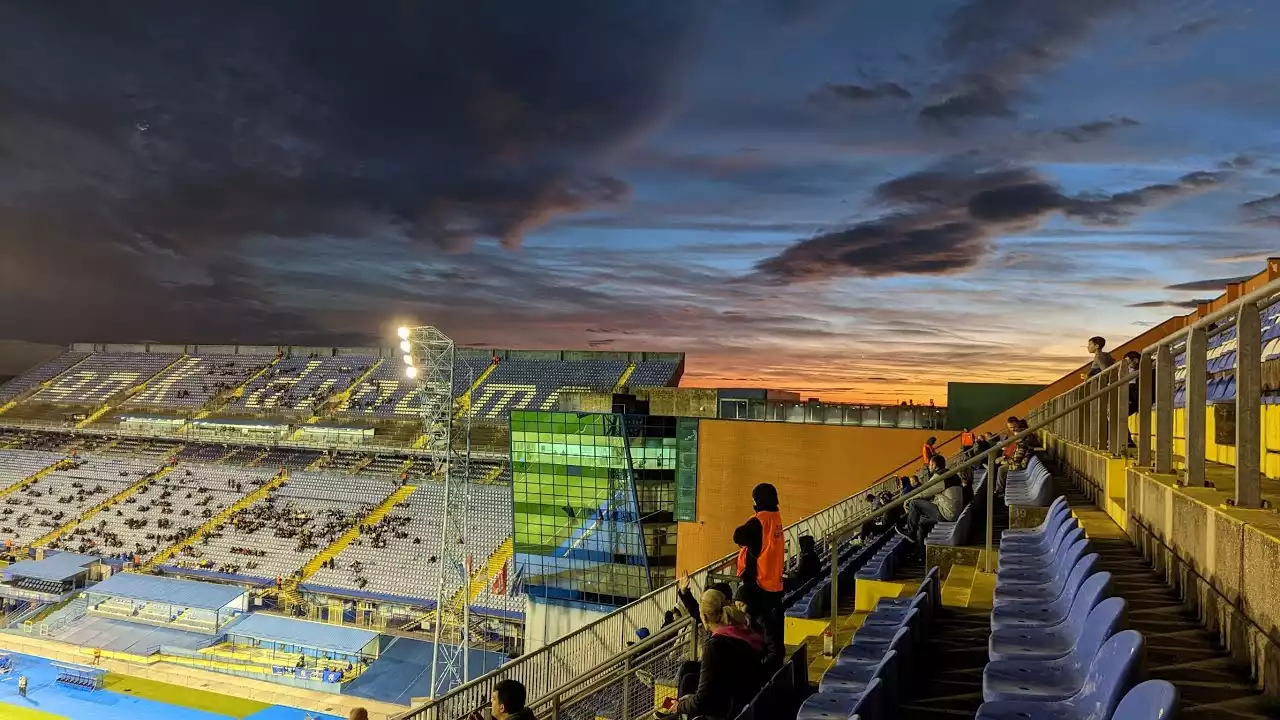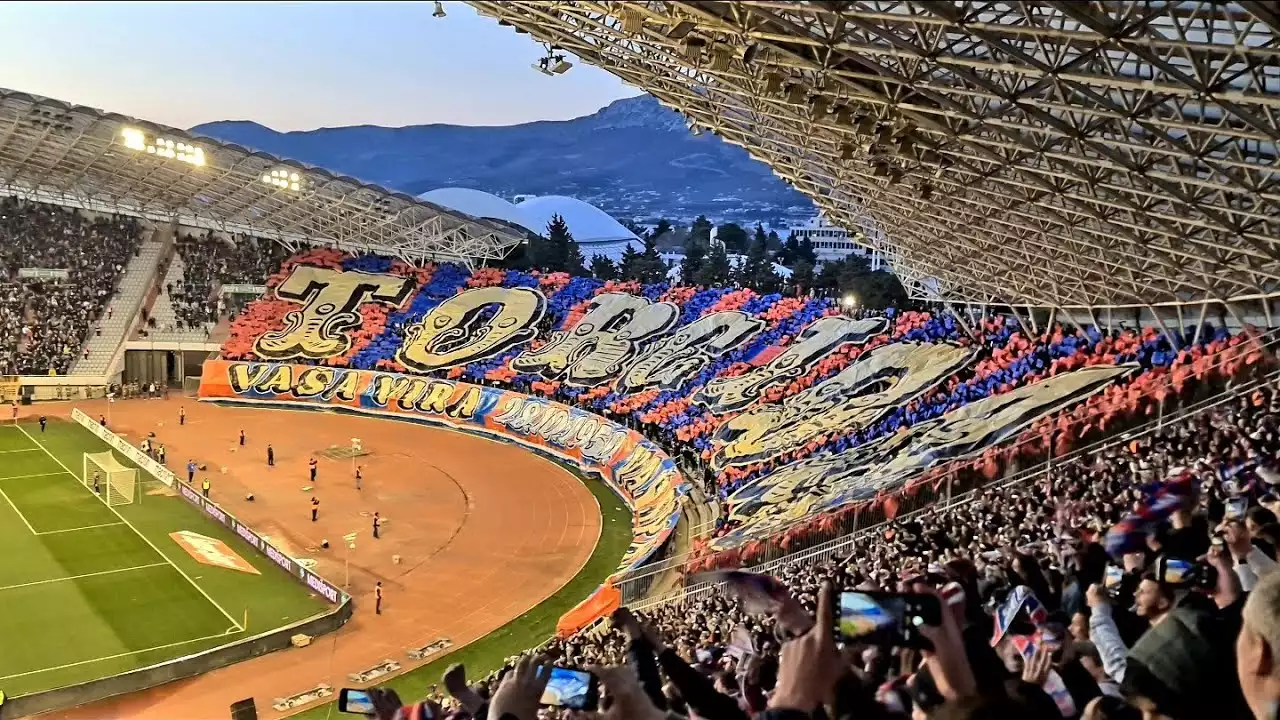Historical development of Croatian stadiums
The history of Croatian stadiums dates back to the early 20th century when the first purpose-built sports venues started to emerge. These early stadiums were modest, with basic facilities and limited seating capacity. However, they served as the foundation for the future development of Croatian stadium infrastructure.
In the 1930s, one of the most significant milestones in Croatian stadium history was the construction of the Maksimir Stadium in Zagreb. This iconic stadium quickly became the heart of Croatian football, hosting numerous matches and witnessing historic moments.
The Maksimir Stadium underwent several renovations in the following decades to accommodate the growing demand for football in Croatia. The inclusion of modern amenities and increased seating capacity transformed it into a world-class venue.
Challenges faced by Croatian stadiums in the past
During the turbulent times of war and political changes, Croatian stadiums faced numerous challenges. The destruction caused by conflicts in the 1990s left many stadiums damaged and in dire need of reconstruction. The reconstruction efforts faced financial constraints and logistical hurdles, delaying the progress of stadium infrastructure development.
Another challenge was the lack of proper facilities and amenities for both athletes and spectators. Outdated infrastructure, inadequate seating arrangements, and limited parking spaces were common issues that affected the fan experience and hindered the growth of Croatian stadiums.
Modernization efforts and improvements in Croatian stadium infrastructure
In recent years, Croatia has made significant investments in modernizing its stadium infrastructure to meet international standards and host prestigious events. The government, sporting federations, and private investors have collaborated to fund and execute renovation projects, ensuring the stadiums are up to par with modern requirements.
One notable example of modernization is the Stadion Poljud in Split. Originally built in the 1970s, it underwent a major renovation in the early 2000s. The renewed stadium now boasts state-of-the-art facilities, improved seating arrangements, and enhanced accessibility for fans with disabilities.
Notable Croatian stadiums and their features
Croatia is home to several notable stadiums, each with its unique features and history. Let's explore a few of them:
1. Maksimir Stadium: Located in Zagreb, Maksimir Stadium is the largest stadium in Croatia. It has a seating capacity of over 35,000 and has been the venue for numerous international matches and domestic league games.
2. Stadion Poljud: Situated in Split, Stadion Poljud is renowned for its distinctive architecture. Its most striking feature is the sweeping roof structure that provides cover for the stands while allowing natural light to flood the pitch.
3. Stadion Kantrida: Overlooking the Adriatic Sea in Rijeka, Stadion Kantrida offers a breathtaking view for both players and spectators. The stadium is known for its unique oval shape and the proximity of the stands to the pitch, creating an intimate atmosphere.
Impact of stadium infrastructure on sports events and tourism
The development of modern stadium infrastructure in Croatia has had a significant impact on sports events and tourism. With the ability to host international matches and tournaments, Croatian stadiums attract fans and athletes from around the world, boosting tourism revenue and promoting the country's image on a global scale.
The presence of world-class stadiums also encourages the hosting of major sporting events, such as UEFA European Championship matches and Davis Cup tennis matches. These events not only bring economic benefits but also showcase Croatia as a vibrant and capable host nation.
Stadium infrastructure and its role in promoting the local economy
Modern stadium infrastructure contributes to the growth of the local economy in various ways. The construction and renovation projects create job opportunities, stimulate the construction industry, and boost local businesses such as hotels, restaurants, and transportation services.
Additionally, the influx of visitors during sporting events generates revenue for the hospitality sector, local vendors, and tourism-related businesses. The economic impact extends beyond the immediate vicinity of the stadiums, benefiting the entire region.
Future trends and innovations in Croatian stadium infrastructure
As technology continues to advance, Croatian stadiums are embracing innovative solutions to enhance the fan experience. From high-definition video screens to interactive mobile applications, these innovations aim to create an immersive and engaging atmosphere for spectators.
Furthermore, sustainability is becoming a crucial aspect of stadium design. Incorporating eco-friendly materials, renewable energy sources, and efficient waste management systems are some of the ways Croatian stadiums are striving to reduce their environmental footprint.
Key considerations for designing and maintaining modern stadium infrastructure
Designing and maintaining modern stadium infrastructure requires careful consideration of various factors. Safety and security measures, including crowd control and emergency evacuation plans, are of utmost importance to ensure the well-being of spectators.
Accessibility is another essential consideration. Stadiums need to be designed to accommodate individuals with disabilities, providing accessible seating, ramps, and facilities that comply with accessibility standards.
Furthermore, the flexibility of infrastructure is crucial to adapt to the evolving needs of different sports and events. Modular seating, retractable roofs, and adaptable pitch surfaces are examples of features that enable stadiums to cater to various requirements.
The significance of Croatian stadium infrastructure in shaping the country's sports culture and identity
Croatian stadium infrastructure plays a vital role in shaping the country's sports culture and identity. The passion and enthusiasm displayed by fans in these stadiums reflect the deep-rooted love for sports in Croatian society.
The stadiums themselves have become iconic symbols of Croatian sports history and are closely associated with the nation's sporting achievements. They serve as gathering places for communities, where people come together to support their favorite teams and celebrate shared victories.
The evolution of stadium infrastructure in Croatia showcases the country's commitment to sports and its desire to provide the best possible experience for athletes and fans alike. From humble beginnings to modern marvels, Croatian stadiums continue to leave a lasting impression on visitors and contribute to the country's sporting legacy.
